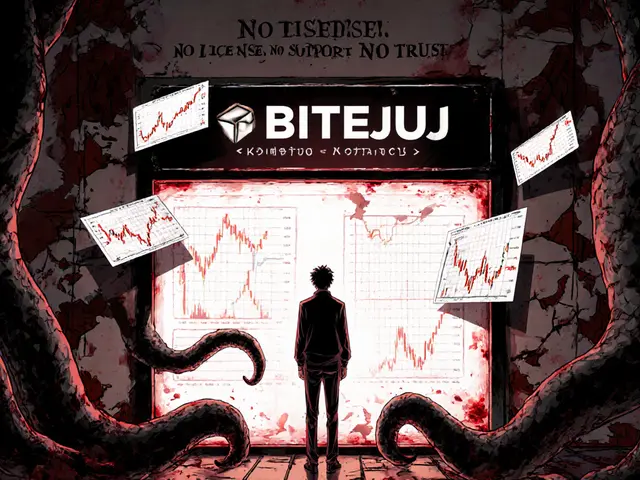Understanding Slashing in Proof‑of‑Stake Blockchains
When working with Slashing, a penalty mechanism that removes a portion of a validator’s staked tokens for misbehavior. Also known as penalty slash, it helps keep blockchain networks honest.
At the heart of Proof of Stake, a consensus model where participants lock up tokens to earn the right to propose and validate blocks sits the Validator, the node that runs the software, signs blocks, and secures the chain. Slashing acts as a deterrent: if a validator behaves badly, the network automatically enforces a penalty.
To become a validator you first need to engage in Staking, the process of locking up a minimum amount of native tokens as collateral. The more you stake, the higher your chance of being selected to create a block, but also the larger the stake at risk. This risk‑reward balance is what makes the system robust.
Misbehavior comes in several flavors. Double‑signing—signing two conflicting blocks at the same height—triggers an immediate slash. Prolonged downtime, where a validator fails to produce blocks for an extended period, also leads to penalties. Some chains even slash for minor infractions like vote manipulation or protocol upgrades done incorrectly.
Why does this matter for token economics? By making attacks financially costly, slashing protects the overall value of the network’s token. It aligns validator incentives with the health of the ecosystem, turning potential attackers into honest participants who prefer steady rewards over risky shortcuts.
Real‑world chains illustrate the concept well. Cosmos Hub famously slashed validators for missed signatures, while Polkadot enforces a strict slash schedule for double‑signing events. Ethereum’s move to proof‑of‑stake introduced slashing for both major and minor violations, reinforcing security as the network scales. These examples show how diverse implementations still share the same core idea.
Keeping an eye on your validator’s performance is essential. Monitoring tools that issue real‑time alerts—like the crypto pings on Plings—can warn you before a slash happens. Watching metrics such as uptime percentage, block proposal success rate, and peer connectivity gives you a chance to intervene early, whether by fixing node issues or redelegating stake.
Best practices to avoid slashing are straightforward: run reliable hardware, maintain up‑to‑date software, and use backup nodes to handle downtime. Diversify across multiple validators if you’re delegating, and stay informed about protocol upgrades. A disciplined approach reduces the likelihood of costly penalties.
Below you’ll find a curated set of articles covering everything from mining pool dynamics to blockchain security, airdrop opportunities, and deep dives into specific tokens. Whether you’re new to staking or looking to tighten your validator operations, the collection offers practical insights and actionable tips that complement the concepts explained here.
Learn what validator nodes are, how they secure proof‑of‑stake blockchains, the rewards and risks, and a step‑by‑step guide to set one up.
Read More





